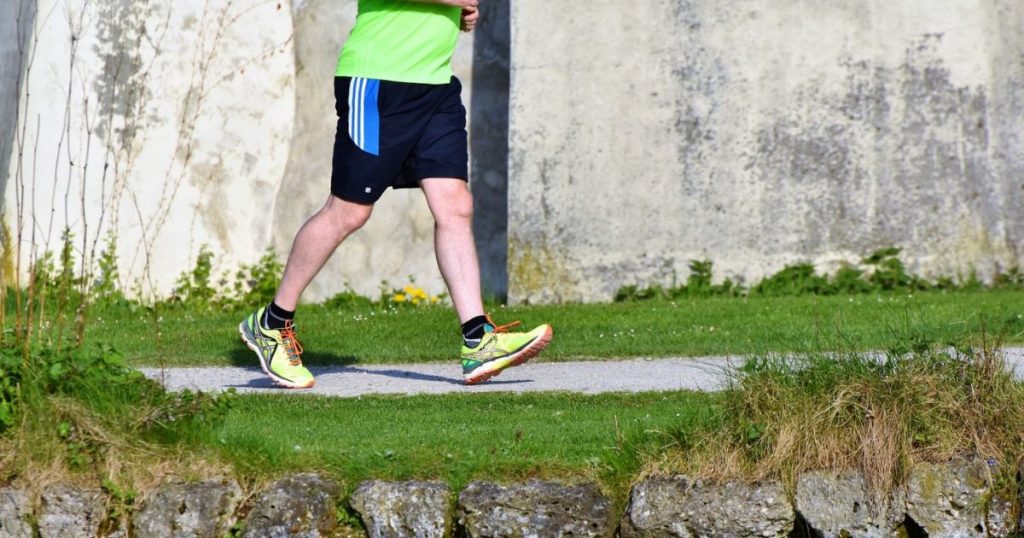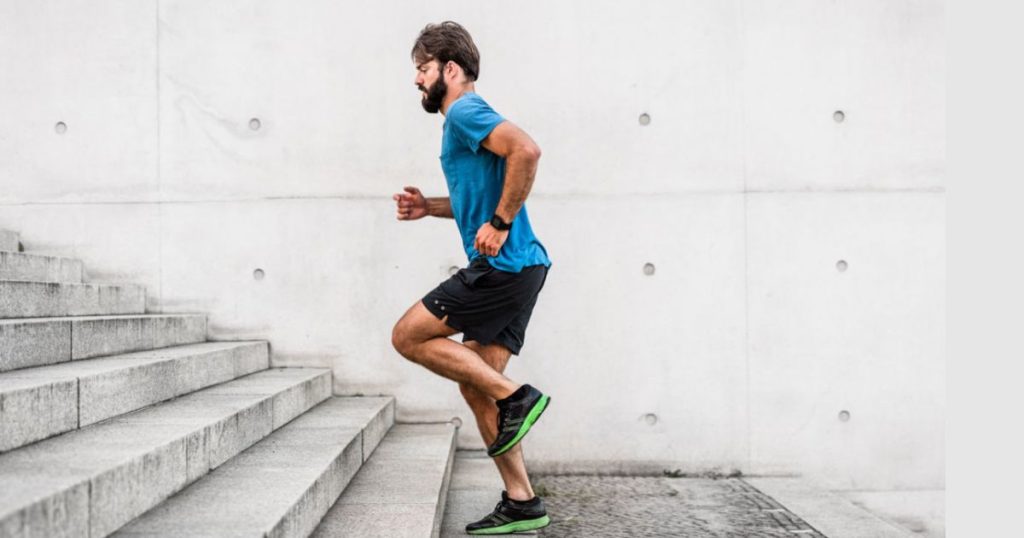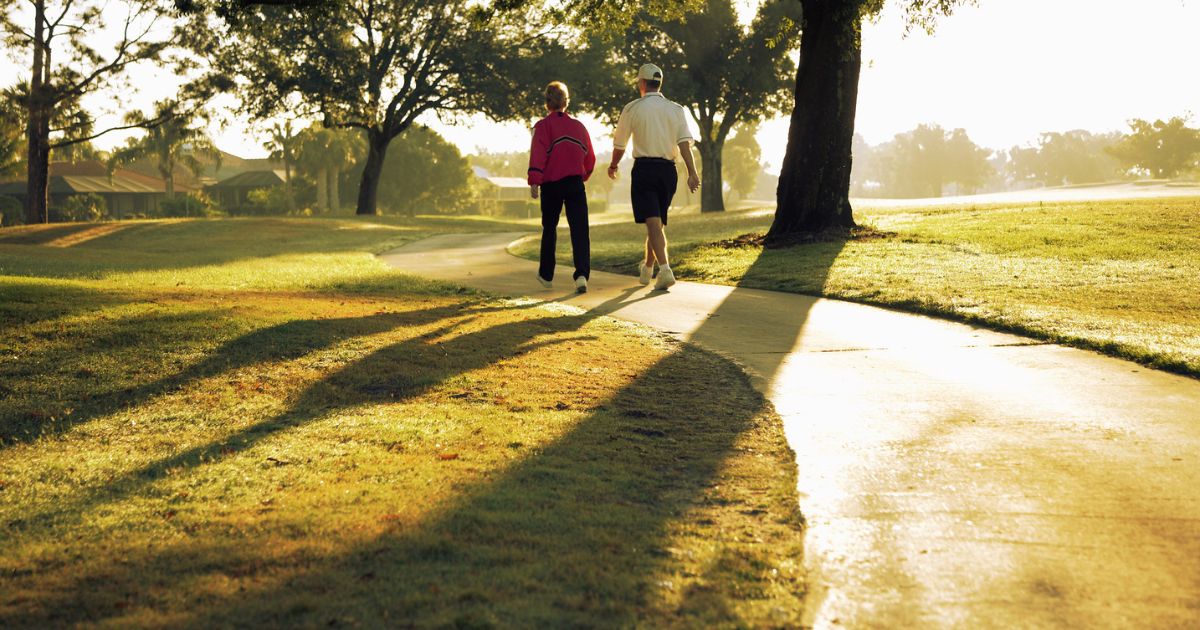Lacing up your sneakers for a 13-mile walk? You’re in for quite an adventure! Whether you’re training for a half-marathon, embarking on a pilgrimage, or just love a good challenge, understanding how long this journey might take is crucial.
But here’s the kicker: your age and gender play a bigger role than you might think. Let’s dive into the nitty-gritty of this epic walk and uncover how these factors shape your journey.
The Big Picture: Factors That Make or Break Your Pace
Before we break down the specifics, let’s chat about what really influences your walking speed. It’s not just about putting one foot in front of the other!
Age: More Than Just a Number
Age isn’t just about candles on a birthday cake. As we journey through life, our bodies change in ways that affect our walking speed:
- Children and teens: Bursting with energy, they often zip along at impressive speeds. Their developing muscles and flexible joints allow for quick, bouncy steps.
- Adults: Generally in their physical prime, adults maintain a steady, efficient pace. Years of walking experience contribute to a more economical gait.
- Seniors: With wisdom comes a more measured stride, focusing on stability over speed. While they might not break any records, their consistency is often admirable.
As we age, our muscle mass tends to decrease, and our joints may become less flexible. This natural progression can impact our walking speed, but it doesn’t mean we’re doomed to slow down dramatically.
Regular exercise and a healthy lifestyle can help maintain a brisk pace well into our golden years.
More Post:
How Long Does It Take To Walk 200 Miles? (Explained)
Gender: Not Just Mars vs. Venus
While it’s not a hard and fast rule, gender can influence walking speed:
- Men typically have longer legs and more muscle mass, which can translate to a faster pace. The average stride length for men is about 2.5 feet, compared to 2.2 feet for women.
- Women often have better flexibility, which can contribute to a more efficient stride. This can lead to better endurance over long distances.
But remember, these are generalizations.
Individual fitness levels can easily trump gender differences! A well-trained female athlete might leave many men in the dust on a 13-mile trek.
Fitness Level: The Great Equalizer
Here’s where things get interesting. Your personal fitness level can be a game-changer, regardless of age or gender. A fit 60-year-old might outpace a sedentary 30-year-old any day of the week!
- Cardiovascular fitness: A strong heart and lungs keep you going longer. This is perhaps the most critical factor in maintaining a good pace over 13 miles.
- Muscle strength: Powerful legs propel you forward more efficiently. Strong core muscles also contribute to better posture and less fatigue.
- Endurance: The ability to maintain your pace over time is crucial for long distances. This comes from consistent training and gradually building up your walking distances.
- Flexibility: Good range of motion in your joints, especially hips and ankles, contributes to a more efficient stride.
“Physical fitness is not only one of the most important keys to a healthy body, it is the basis of dynamic and creative intellectual activity.” – John F. Kennedy
This quote reminds us that fitness isn’t just about physical performance; it affects our overall well-being and mental sharpness too!
More Post:
How Long Does It Take to Walk 20 Miles by Age and Gender?
Terrain and Weather: Mother Nature’s Wild Cards
Don’t forget about your environment:
- Flat vs. hilly: A flat 13 miles is a whole different ballgame compared to a hilly route. Uphill sections can slow your pace by 30% or more, while downhill might speed you up but can be tough on your knees.
- Weather: Wind, rain, or scorching heat can slow even the most determined walker. Extreme temperatures force your body to work harder, potentially slowing your pace.
- Surface: Walking on a smooth, paved surface is generally faster than navigating a rocky trail or sandy beach.
Breaking It Down: Average Walking Speeds

Now, let’s get to the heart of the matter. How fast do different groups typically walk?
The Speedy Bunch: Kids and Teens
Children and adolescents often surprise us with their speed. Their boundless energy and flexible bodies allow for impressive paces:
- Average speed: 3-4 mph
- 13-mile estimate: 3.25 – 4.33 hours
But here’s a fun fact: A 12-year-old’s average walking speed is about 3.4 mph. So if you’re wondering, “How fast do 12-year-olds walk?” – there’s your answer!
Let’s break it down further:
| Age Group | Average Speed (mph) | 13-Mile Estimate (hours) |
| 5-8 years | 3.0-3.5 | 3.71 – 4.33 |
| 9-12 years | 3.3-3.8 | 3.42 – 3.94 |
| 13-16 years | 3.5-4.0 | 3.25 – 3.71 |
Remember, these are averages. A particularly athletic teen might clock in even faster times!
The Sweet Spot: Adults
Adults generally hit the sweet spot for walking efficiency:
- Average speed: 3-4 mph
- 13-mile estimate: 3.25 – 4.33 hours
But remember, this is just an average. A fit adult could potentially complete 13 miles in under 3 hours! Let’s look at some factors that might influence an adult’s walking speed:
- Physical activity level: Regular exercisers tend to walk faster.
- Occupation: Those with active jobs often maintain higher walking speeds.
- Body composition: A lower body fat percentage usually correlates with faster walking.
- Motivation: Walking for exercise tends to be faster than casual strolling.
Slow and Steady: Elderly Walkers
Our senior friends may move a bit slower, but they’re often the most consistent:
- Average speed: 2-3 mph
- 13-mile estimate: 4.33 – 6.5 hours
However, it’s important to note that many seniors defy these averages. Regular exercise and a healthy lifestyle can help maintain a brisk walking pace well into one’s golden years.
The 13-Mile Challenge: Time Estimates
So, how long will it take you to walk 13 miles? Let’s break it down:
| Age Group | Estimated Time |
| Children/Teens | 3.25 – 4.33 hours |
| Adults | 3.25 – 4.33 hours |
| Elderly | 4.33 – 6.5 hours |
But wait! You might be wondering, “How long does it take to walk 12 miles?” Simply subtract about 15-20 minutes from these estimates for a 12-mile walk.
Case Study: The Power of Training
Let’s look at Sarah, a 40-year-old office worker who decided to train for a 13-mile charity walk. Here’s her progress over 3 months:
- Week 1: 13 miles in 4.5 hours (2.89 mph)
- Week 6: 13 miles in 4 hours (3.25 mph)
- Week 12: 13 miles in 3.5 hours (3.71 mph)
Sarah’s improvement shows that with consistent training, you can significantly reduce your 13-mile walking time, regardless of your starting point.
Boosting Your Walking Speed: Tips and Tricks

Want to improve your time? Here are some tried-and-true methods:
- Regular exercise: Build overall fitness with activities like jogging or cycling. Aim for at least 150 minutes of moderate-intensity exercise per week.
- Strength training: Focus on leg exercises like squats and calf raises. Don’t forget your core – a strong midsection improves posture and reduces fatigue.
- Perfect your technique:
- Maintain good posture: Keep your head up, shoulders back, and engage your core.
- Take longer strides: Increase your pace by lengthening your stride, but avoid overstriding.
- Swing your arms naturally: Let your arms swing from your shoulders, not your elbows.
- Interval training: Mix up your pace to build speed and endurance. Try walking at a brisk pace for 2 minutes, then recover at a slower pace for 1 minute. Repeat this cycle throughout your walk.
- Gradual progression: Slowly increase your distance and pace over time. A good rule of thumb is to increase your total weekly mileage by no more than 10% each week.
- Stay hydrated: Proper hydration is crucial for maintaining your pace over long distances. Drink water before, during, and after your walk.
- Fuel properly: For a 13-mile walk, you’ll need to fuel your body. Consider energy gels or easily digestible snacks to keep your energy levels up.
- Invest in good shoes: Proper footwear can make a big difference in your comfort and speed. Visit a specialty running store for a professional fitting.
“The journey of a thousand miles begins with a single step.” – Lao Tzu
This quote perfectly captures the essence of improving your walking speed. It’s all about consistent effort and gradual improvement!
FAQs
How long should it take a 15-year-old girl to walk a mile?
On average, a 15-year-old girl can walk a mile in about 15-20 minutes. However, this can vary based on individual fitness levels and motivation. A physically active 15-year-old might complete a mile in closer to 13-15 minutes.
How fast do 12-year-olds walk?
As mentioned earlier, the average walking speed for a 12-year-old is about 3.4 mph. This means they could potentially walk a mile in about 17-18 minutes. However, this can vary widely based on the individual’s height, fitness level, and whether they’re walking for transportation or exercise.
How long does it take to walk 12 miles?
Using our estimates for 13 miles, we can approximate that walking 12 miles would take:
- Children/Teens: 3 – 4 hours
- Adults: 3 – 4 hours
- Elderly: 4 – 6 hours Remember, these are rough estimates and can vary significantly based on individual factors and walking conditions.
Can walking 13 miles help with weight loss?
Absolutely! Walking 13 miles can burn a significant number of calories, contributing to weight loss when combined with a healthy diet. On average, a person burns about 100 calories per mile walked. So, a 13-mile walk could potentially burn 1300 calories or more!
Is it safe for seniors to walk 13 miles?
While many seniors can safely walk 13 miles, it’s important to build up to this distance gradually. Seniors should consult with their healthcare provider before embarking on such a long walk, especially if they have any existing health conditions.
Wrapping Up: Your 13-Mile Journey Awaits!
There you have it, folks! Whether you’re a sprightly teen or a wise senior, tackling 13 miles is no small feat. Remember, these estimates are just guidelines. Your personal journey might be faster or slower, and that’s perfectly okay!
The key takeaway? Age and gender play a role, but they’re not the whole story. Your fitness level, determination, and the path you choose all contribute to your walking speed. So lace up those shoes, hit the trail, and enjoy the journey. After all, it’s not just about how fast you go, but the experiences you gather along the way!
Walking 13 miles is a significant accomplishment, regardless of your speed. It’s a testament to your endurance, determination, and overall fitness. Whether you’re doing it for exercise, charity, or personal challenge, remember to listen to your body, stay hydrated, and most importantly, enjoy the journey.
So, are you ready to take on the 13-mile challenge? Remember, every step brings you closer to your goal. Happy walking!

I founded the sports news website SportRevUp in 2022 to deliver breaking news and in-depth analysis on major leagues like the NFL, NBA, and MLB.
With years of experience reporting on professional sports, I created an ad-free platform for engaging coverage and discussion as editor-in-chief overseeing all content strategy.
I continues developing SportRevUp to provide sports fans the news and discussion they crave about favorite teams and athletes.
